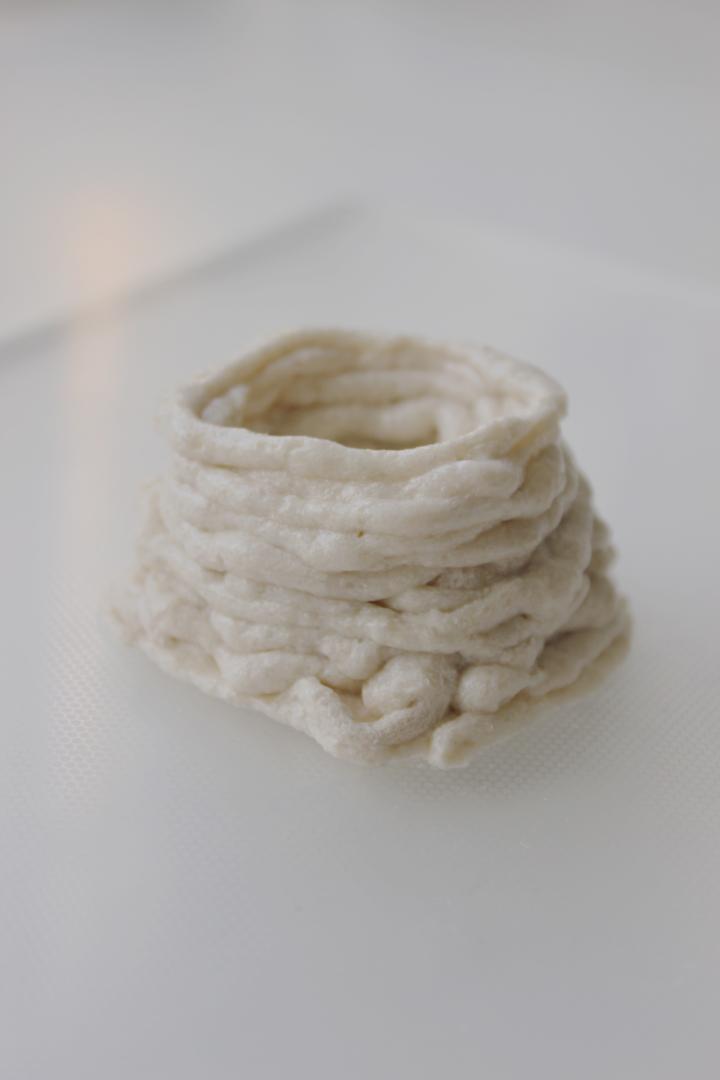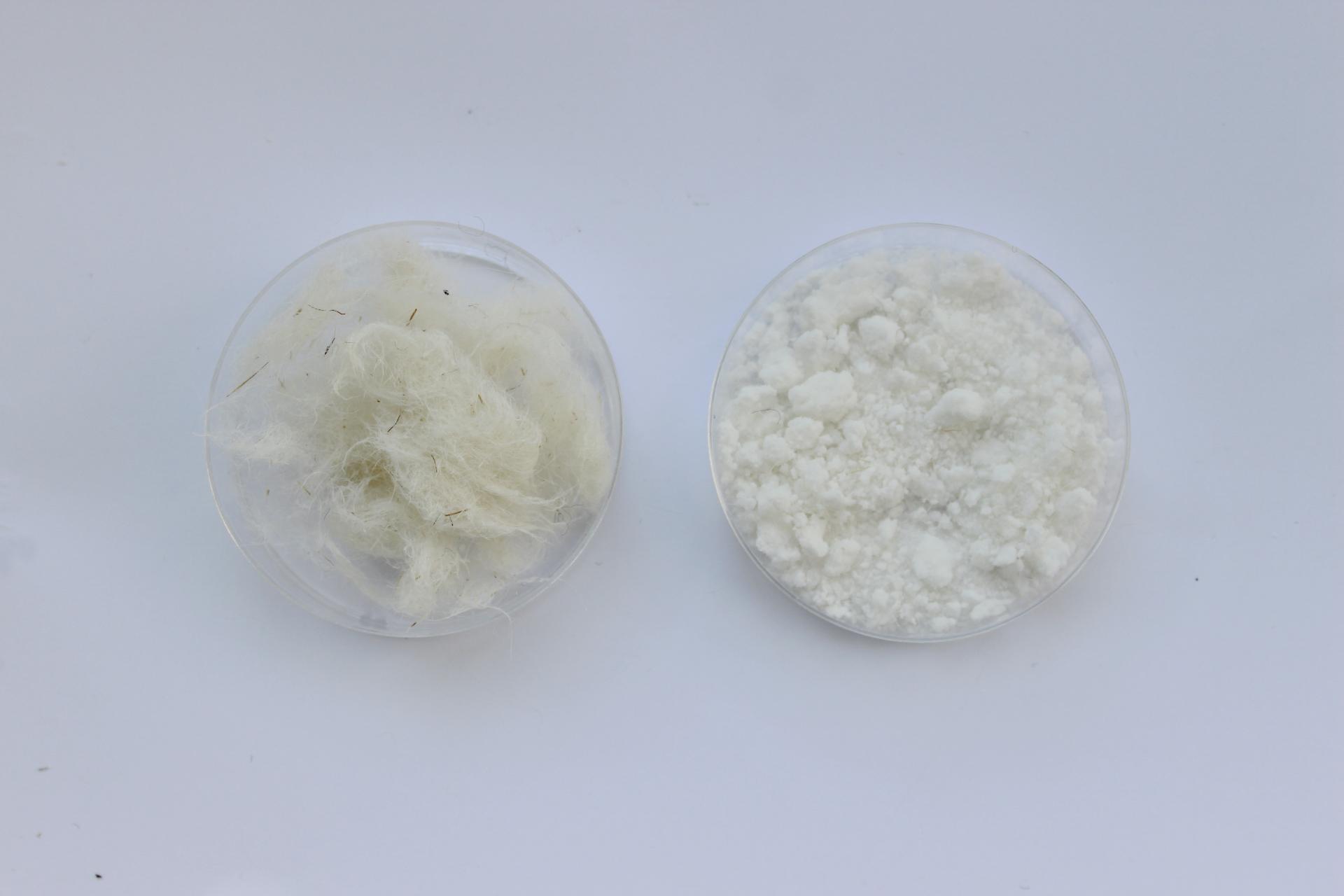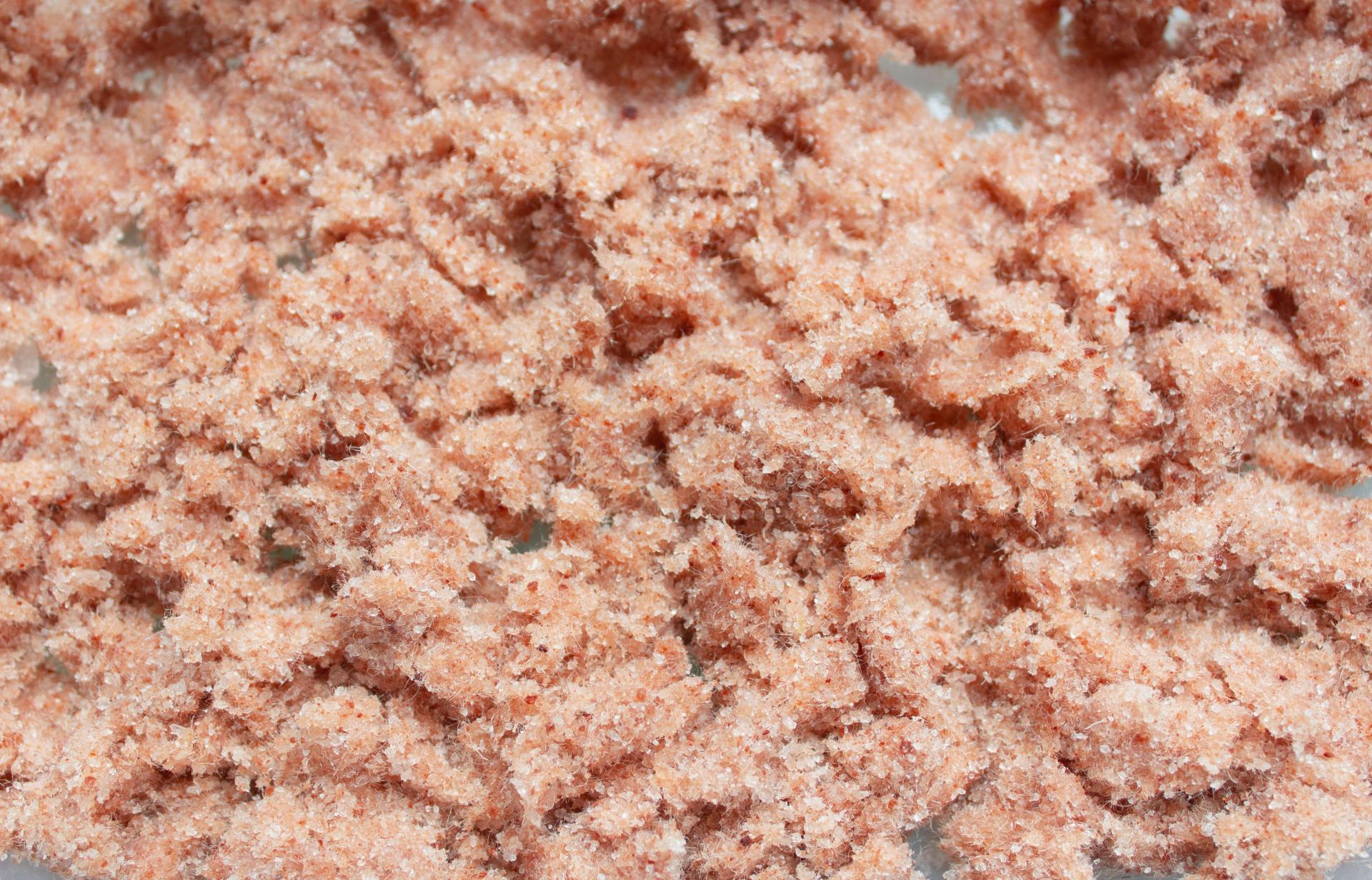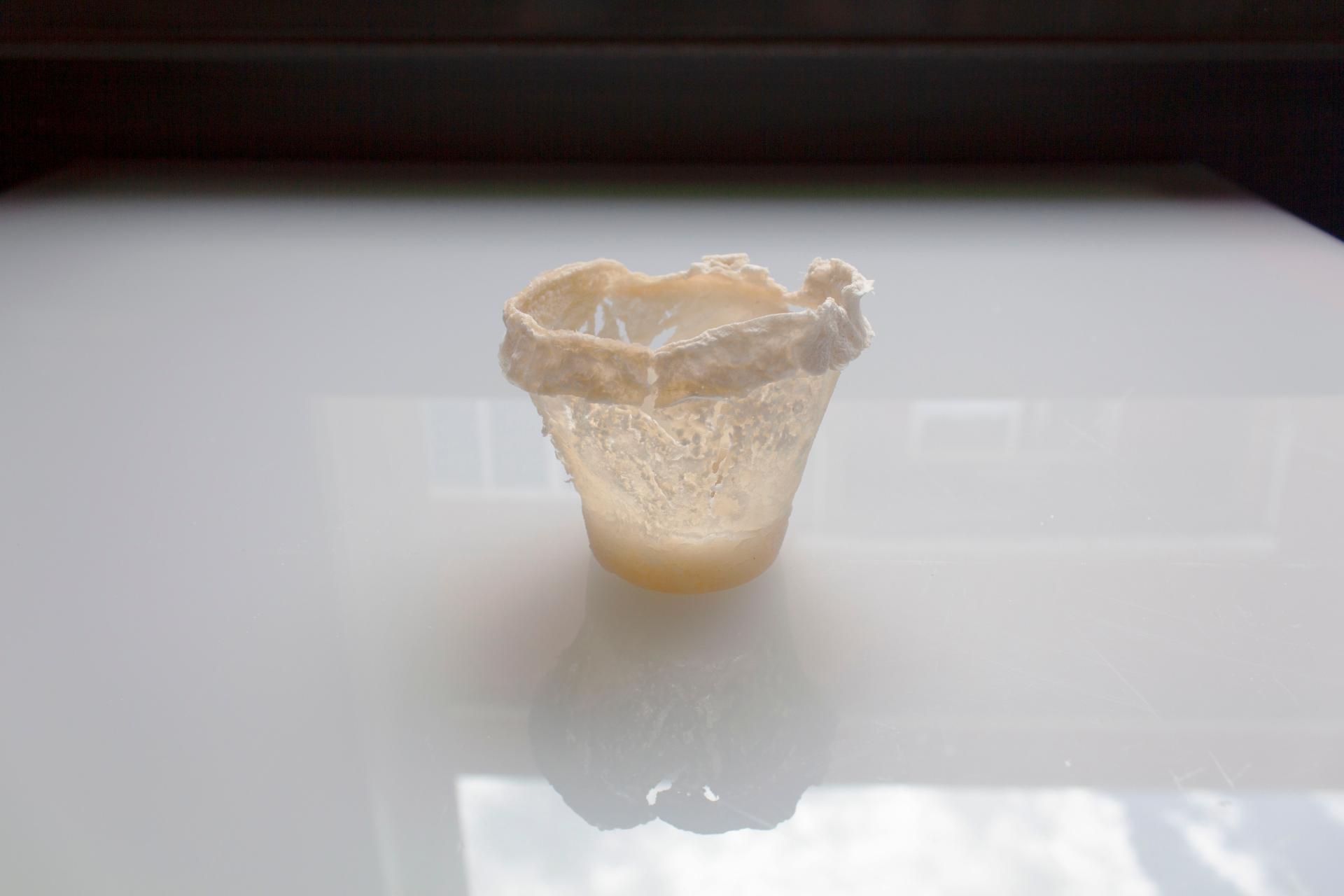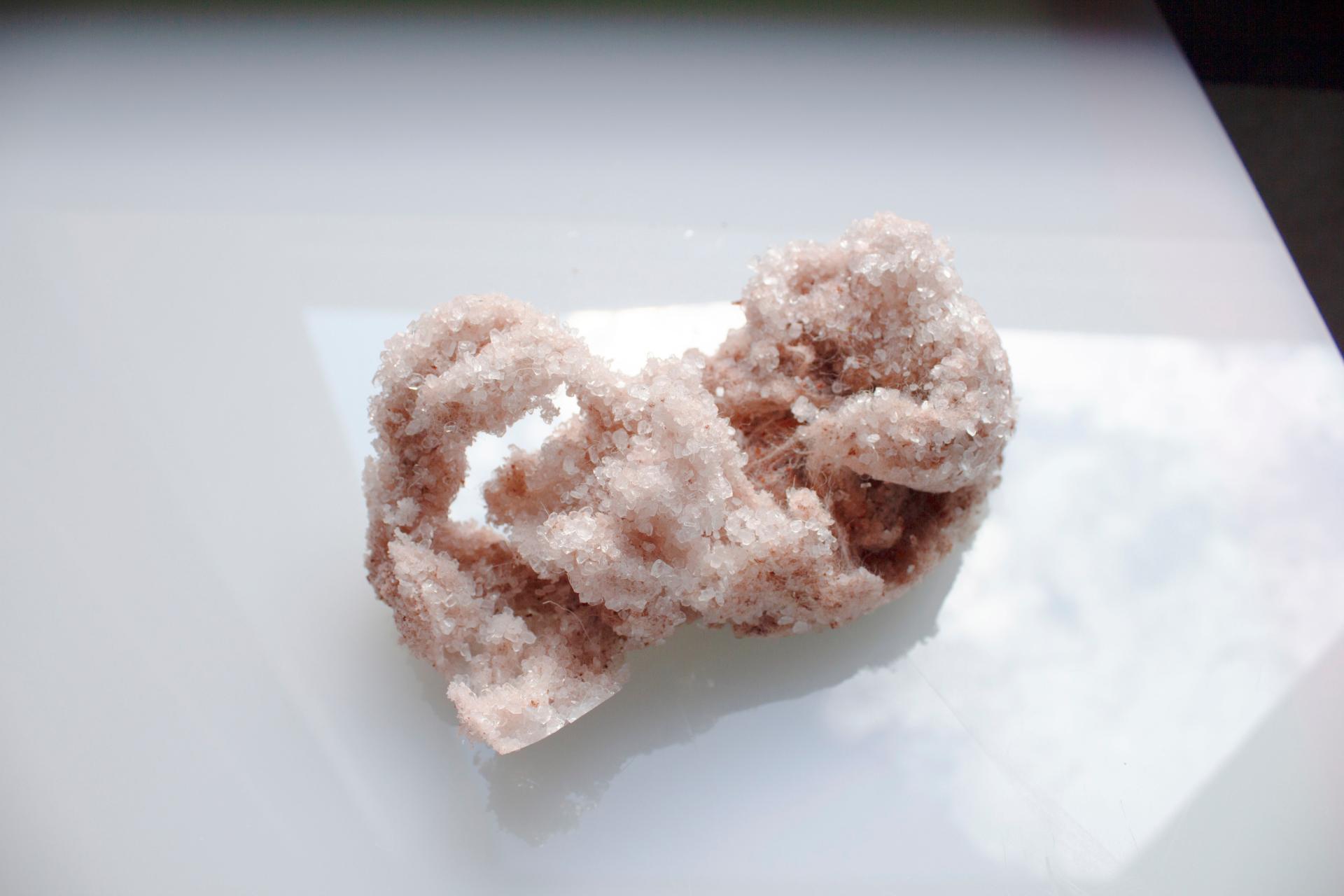Experimental wool material
Basic information
Project Title
Full project title
Category
Project Description
The aim of the project is to bring the idea of sustainability to the architecture and textile industry through design and additive manufacturing. It examines the boundaries of wool which can be used as a textile material but also as an architectural material. Sheep raised primarily for food is a source of poor quality wool and as an excess material that can not be sold to any company.The new material should thus solve the problems of local farmers, wool supply chain and material recycling.
Project Region
EU Programme or fund
Description of the project
Summary
Excessive amounts of sheep wool is unable to fulfill its original value and become a waste material in the textile industry. The number of wool waste is growing every year due to consumption in the world. Its quantity exceeds the limit of more than 200 000 tons of wool waste per year. Wool decay on farms or is destroyed because it cannot be integrated into the supply chain. It is becoming a global problem for sheep farmers, who primarily raise sheep for milk and cheese. The material itself grows naturally over time, so it has to be cutted but it can not be used. Sheep fiber has very good thermal insulation and waterproof properties. It contains a high amount of keratin which forms a good basis for 3D printable materials. In this case, it was necessary to turn wool into powder or ash. Together with the clay they could be extruded into any shapes or forms. The wool goes through the process of borax crystallization that we are able to get a material for 3D printing. 3D printing technology offers us completely new parameters for working with zero waste design and more sustainable materials. The key goal of biomaterial should be to find application in several fields of design. Rethink the textile materials we are used to working with, replace plastics in everyday life or reduce the consumption of non-recyclable architectural materials.
Key objectives for sustainability
Wool as a waste material has been processed by well known techniques and can be already used as recycled thermoisulation material. Although, new technologies, such as 3D printing, offer us more options and they can recycle vulnerable wool waste in a different way. Wool powder with clay could be extruded together and implemented in a construction context. The combination of wool and clay is expected to bring new innovations in ecological materials.
Key objectives for aesthetics and quality
Wool in combination with clay or other organic ingredients could create a new material that is sufficiently strong and has a high potential for application in product or interior design. It could be an ecological replacement for many of the resistant non-degradable materials we use every day. I have been trying to work, except 3D printing, also with molds to create common products. Or to transform it as a thin bioplastics layer which we can call “textile”.
Key objectives for inclusion
The problem with wool waste is global - it affects many countries around the world. I am working on this project between Slovakia, Czech Republic and Spain. They are struggling with the same problem. The material research starts from local problems trying to improve collective consciousness. At the same time, spread out how to work with the waste and use new technologies. For that reason I collaborated with a local sheep farmer (from Colmenar, Spain) who provided me with his wool waste for education purposes.
Innovative character
The first version of the wool powder is produced in home conditions and does not require any special equipment. Natural fibers are combined with clay for 3D printing to make a unique material which can be printed into specific digitally generated forms. The aim is to test its construction properties of the material and improve its capabilities. Wool can also come back to the fashion industry as a new material by obtaining pure powder from wool waste. There are still unexamined areas of sustainable textiles which I would like to investigate too.

